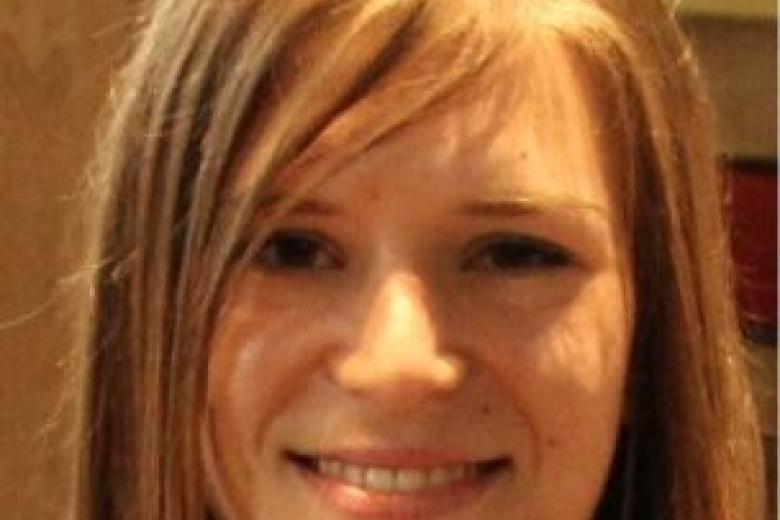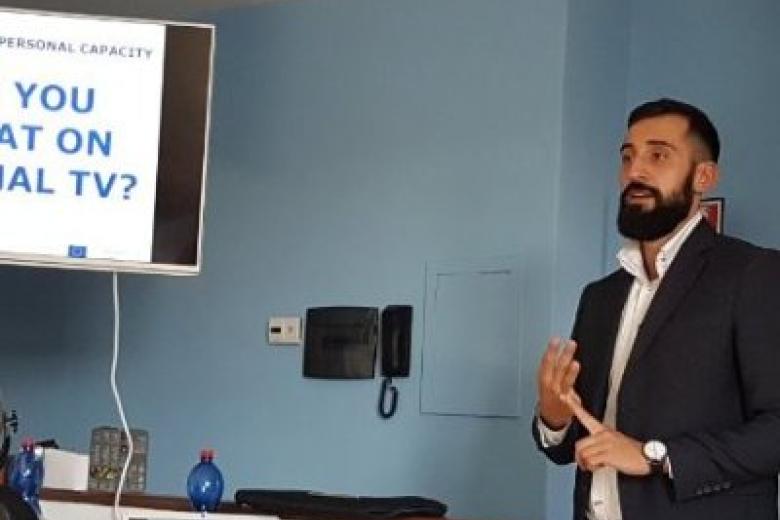The right people for a successful change-adventure
For a successful change-adventure you need the right people. You’ll have to build a real movement with them! To that end, a group or team of employees will have to take the lead in the change. We like to refer to this as the necessary coalition of change: a group of people with a shared belief that change is essential and with a willingness and ability to commit to it. It is of crucial importance that the management of the organization carefully shapes such a vanguard and provides it with authority and respect.
The right people have to be assembled in the coalition to be able to start the change vigorously and to sustain it. Such a change-team consists of a core (the leadership) combined with a first ‘inner ring’ of enthusiasts and so-called ‘enablers’. We’ll discuss them briefly.

Explicit support from the top
First of all, no change-project can succeed without the explicit support and visible involvement from the top of the organization, whether this is the Board of Directors, the MT or the managing director. Only the top has the power necessary to truly change things. Moreover, only the top can give the clear signal to the rest of the organization that it’s serious business.
Especially in uncertain times, leadership is subjected to critical scrutiny by the rest of the organization members. Every facial expression, every statement and every gesture will be picked up and will lead to interpretations (‘sensemaking’) by members of the organization. The change-leader is, so to speak, always ‘on stage’ and needs to be fully aware of this.
Unfortunately, change-leaders often underestimate how everything they do (and don’t do!) can be eagerly picked up by others to fabricate a story of what is happening and what is about to happen. This type of ‘gossip’ is normal and important. It serves to help each other understand what is going on. The leadership has to actively join in the conversation by supplying the right information and by quickly and clearly resolving any misunderstandings.
- For instance, by organizing regular briefings where not only factual but also emotional information (pain, doubt, regret, impatience, joy and wonder) surrounding the change can be freely exchanged. Give people a voice to be heard.
- Or publish and maintain a blog every two weeks concerning the change with the possibility of asking questions online. Have ‘open door time’. Walk around and be approachable. Followers need both understanding and emotional connection in order to participate! ‘Just the facts’ inspires no one.
Hotspots of change energy
Secondly, you will find that some employees or departments usually have a bit more sense of urgency than others. That is, people who express their concerns early on and who may even have already taken on the initiative for improvement or change themselves. One could say that the location of these employees forms an ideal first ‘point of crystallization’ of change energy—a ‘hotspot’. People there already understand that something needs to change and are willing to make that change.
Such change-hotspots can be found throughout the entire organization. They are often found in organizational divisions close to the outside world or to customers, such as in marketing or sales departments. They typically have the sensitive antennae necessary for picking up important new developments and are therefore more easily stimulated to think about new answers.
For this reason, representatives of these hotspots need to be included in the inner ring. They understand the outside world and can form the first connection between the change-coalition and the organizational divisions that are ready for change. Moreover, by being included in the inner ring, their importance as exemplars is symbolically confirmed towards the rest of the organization.
Time for enablers
Thirdly, the change-coalition needs operational effectiveness to both communicate and set new things in motion. This is achieved by including so-called ‘enablers’ in the inner ring: often the heads of the most important divisions who should lead the change and its implementation. These participants are not necessarily completely ‘on board’ for the change yet. They often have legitimate reasons for skepticism that is more widely shared but not expressed.
So don’t denounce timidity, but take it seriously and try to trace the concerns behind it. Then find out which solutions people see themselves and work with them in a constructive way. Remember: each change-coalition requires critical members. In a healthy change-coalition there is no place for tunnel vision or lapdog behavior. So stimulate a critical but constructive attitude following the rule: ‘Whoever criticizes should also come up with suggestions!’
Ideally, the change-coalition therefore already forms a kind of ‘micro-cosm’: a reflection of the organization. It is essential to develop a good interplay together, where learning from and with each other has a central role. Team training focused on giving and receiving good feedback will encourage this.
Also, good understanding and real appreciation for personal diversity in a group is of key importance. Methods like Insights of DISC can quickly result in more powerful teams with people who know how to put each other in the best possible position to get the job done. Good teamwork in the change coalition sets a great example to the rest of the organization and a good team will relieve the formal leadership. So invest early on and thoroughly in teamwork.
Change ambassadors
The most important ingredients in forging a good ‘crew’ are on the interpersonal level: involving people, exemplary conduct, giving and receiving feedback, listening, being honest, daring to learn. In short, leading change is to a large extent the collective shaping of proper conditions for a new course to emerge and grow.
This requires a new mindset of learning and developing together. The members of the coalition should take the lead in word and deed and recruit ever more supporters as the change progresses. That’s why they are true change-agents: ambassadors in constant dialogue with the organization. They are always, formally and informally, fostering the change process and they always communicate about it in an open and honest way. Good examples of the desired new behavior have to be widely displayed during briefings. This leads to new role models and stories that can make new ‘followers’ become involved. That’s how a strong ‘crew’ creates a strong movement.
About the author
This blog was written by Prof. Dr. Woody van Olffen, who graduated from Maastricht University in 1993 with a BSc. and MSc. in Business Economics. In addition, he graduated with a PhD in Business Economics – Organisation Science in 1998. Together with 2 other UM alumni he wrote a book about organisational change (‘Engage! Reisgids voor veranderavonturen’).
-
5 Differences Between Startups & Starting Businesses
In this article I discuss several differences between startups and starting businesses. I find this important because over the last year, I’ve gotten increasingly frustrated about the types of questions I (as a startup founder) would get. “Can you already live from your startup?” “Why is raising...

-
Work with multiproblem families
As a family therapist in an ambulatory setting, I see varying psychiatric disorders in multiproblem families. I specifically work with families who not only suffer from any kind of disorders, but also are affected by mild intellectual disability. This blog encompasses two parts. First, it will give...

-
Getting jobs in the Eurobubble: A game of inches
I had a lot of fun at the EU Studies Fair. For me it proved a very fruitful event for both students and professionals who are trying to get a foothold in that lions’ den that I call “Eurobubble jobs.” In my experience this can be quite a daunting challenge, but if it has been a journey that I think...
